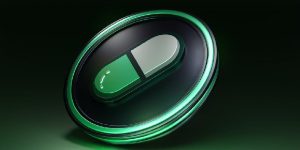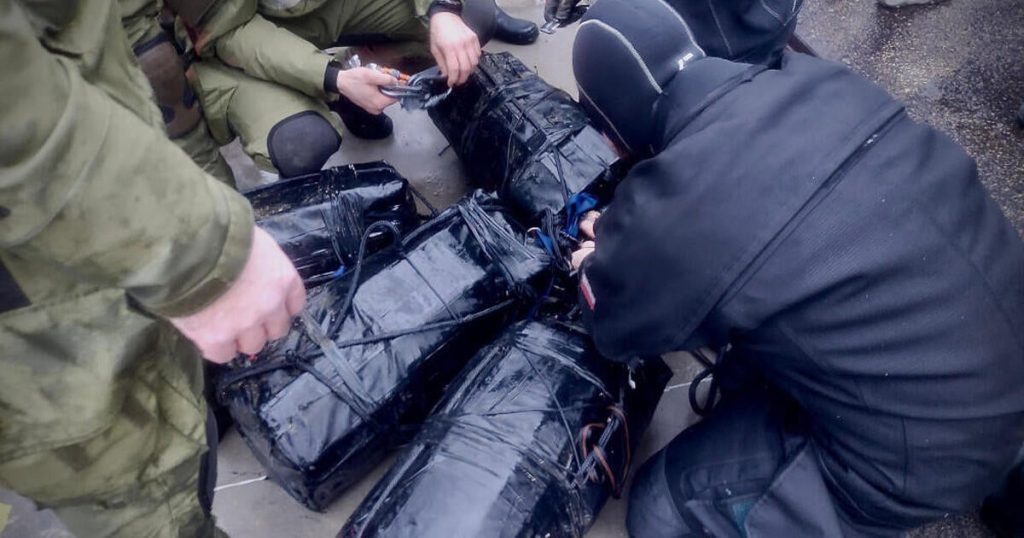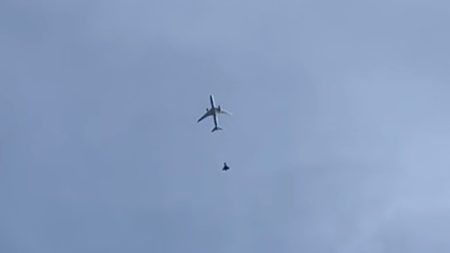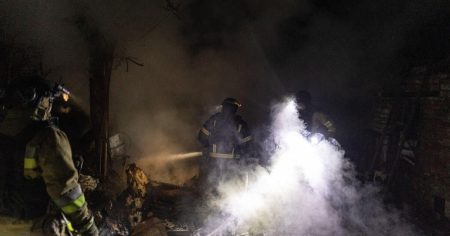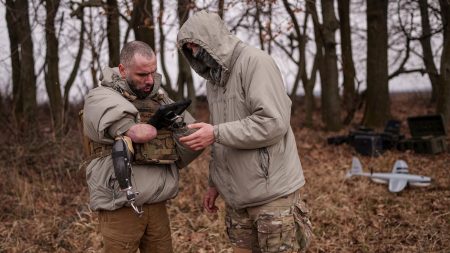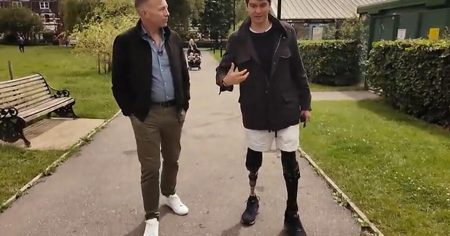Cocaine Discovered in the Baltic Sea: A Bust in Unusual Waters
Introduction to the Discovery
In an astonishing turn of events, divers in Poland made a groundbreaking discovery in the Baltic Sea, unearthing more than 220 pounds of cocaine concealed on the seabed. This seizure, announced by Poland’s Border Guard on Tuesday, February 18, 2025, marks one of the most unusual locations where drugs have been found in Europe in recent times. The operation was carried out by the Border Guard Maritime Unit in the Gulf of Gdansk, a strategic location in northern Poland. Authorities reported that seven individuals were detained in connection with the discovery, and the Border Guard successfully dismantled an organized crime group involved in the smuggling of large quantities of drugs. The seized cocaine carries an estimated street value of $15 million, underscoring the magnitude of the operation. Images and video footage released by the border guard provide a glimpse into the operation, showing divers retrieving the drugs from the seabed and armed officers making arrests across various locations. This bust highlights the growing creativity and audacity of drug traffickers in hiding their illegal cargo, as well as the relentless efforts of law enforcement agencies to combat this global issue.
The Operation and Its Significance
The discovery of the cocaine stash in the Baltic Sea is the result of a collaborative effort between the Polish border guard, Europol, and the U.S. Drug Enforcement Administration (DEA). This joint operation was part of a broader initiative to protect critical underwater infrastructure in the region, which has become a focal point for international security agencies. In recent months, the Baltic Sea has drawn attention due to reports of underwater sabotage, prompting NATO to increase patrols in the area. The successful dismantling of the organized crime group and the seizure of such a large quantity of drugs demonstrate the effectiveness of these collaborative efforts and the importance of international cooperation in combating drug trafficking.
The operation also revealed that authorities were able to track down additional suspects, leading to the discovery of another significant haul of drugs. The seven individuals detained in connection with the case face severe penalties, with potential prison sentences of up to 20 years if convicted. This serves as a stark reminder of the high stakes involved in drug smuggling and the determination of law enforcement agencies to hold perpetrators accountable.
A Trend of Unusual Discoveries in Europe
The discovery of cocaine in the Baltic Sea is not an isolated incident but rather part of a larger trend of drug seizures in unusual and creative hiding spots across Europe. In recent months, authorities have uncovered cocaine in a variety of unexpected locations, showcasing the ingenuity and desperation of drug traffickers. For instance, just last week, authorities in Luxembourg seized nearly a ton of cocaine hidden inside a stone crusher. Similarly, in December 2024, Spanish authorities released footage of a massive discovery where seven tons of cocaine were buried beneath a farm. A few weeks earlier, Spanish police seizing a record-breaking haul of cocaine concealed in a shipment of bananas from Ecuador further highlighted the resourcefulness of smugglers.
These discoveries underscore the evolving methods employed by drug cartels to evade detection. The use of underwater locations, agricultural shipments, and industrial machinery as hiding spots for drugs indicates a growing sophistication in smuggling tactics. Law enforcement agencies must remain vigilant and innovative in their strategies to keep pace with these evolving methods.
Global Trends in Cocaine Smuggling
The hiding of drugs in unusual places is not a new phenomenon, but it has become increasingly sophisticated in recent years. Across the globe, drug smugglers have utilized everything from car mufflers and surfboards to sugar shipments and jalapeno peppers to transport cocaine. The ocean has long been a favored route for drug traffickers, but the discoveries in the Baltic Sea and along coastlines suggest that smugglers are exploring new and creative ways to use waterways for their illicit activities.
In Florida, for example, hurricanes and tides have washed ashore packages of cocaine, with notable incidents reported in the Florida Keys. Last August, Hurricane Debby blew 25 packages of cocaine onto a beach, and just weeks later, tourists discovered 16 bricks of suspected cocaine on another beach in the same region. In June 2024, boaters off the coast of Florida found 65 pounds of cocaine floating in the ocean, while divers uncovered 25 kilograms of cocaine about 100 feet underwater off Key West. These incidents highlight the persistent challenge of drug smuggling along coastlines and the role of natural phenomena in exposing these hidden stashes.
The ‘Narco Subs’ and Underwater Smuggling
While the discovery in the Baltic Sea is notable, it is part of a broader trend of underwater drug smuggling that has become a hallmark of modern drug cartels. In the Pacific and Caribbean, "narco subs"—submersible vessels designed to evade radar and sonar—have been used to transport large quantities of cocaine. These submersibles are often self-propelled and can carry tons of drugs, making them a formidable challenge for law enforcement agencies.
The use of narco subs speaks to the sophistication and resources of drug cartels, which have invested heavily in designing and constructing these vessels. While authorities have managed to seize many of these subs, the sheer scale of their production and operation underscores the enormity of the drug trafficking problem. The recent discovery in the Baltic Sea, while not involving a narco sub, demonstrates that drug cartels
